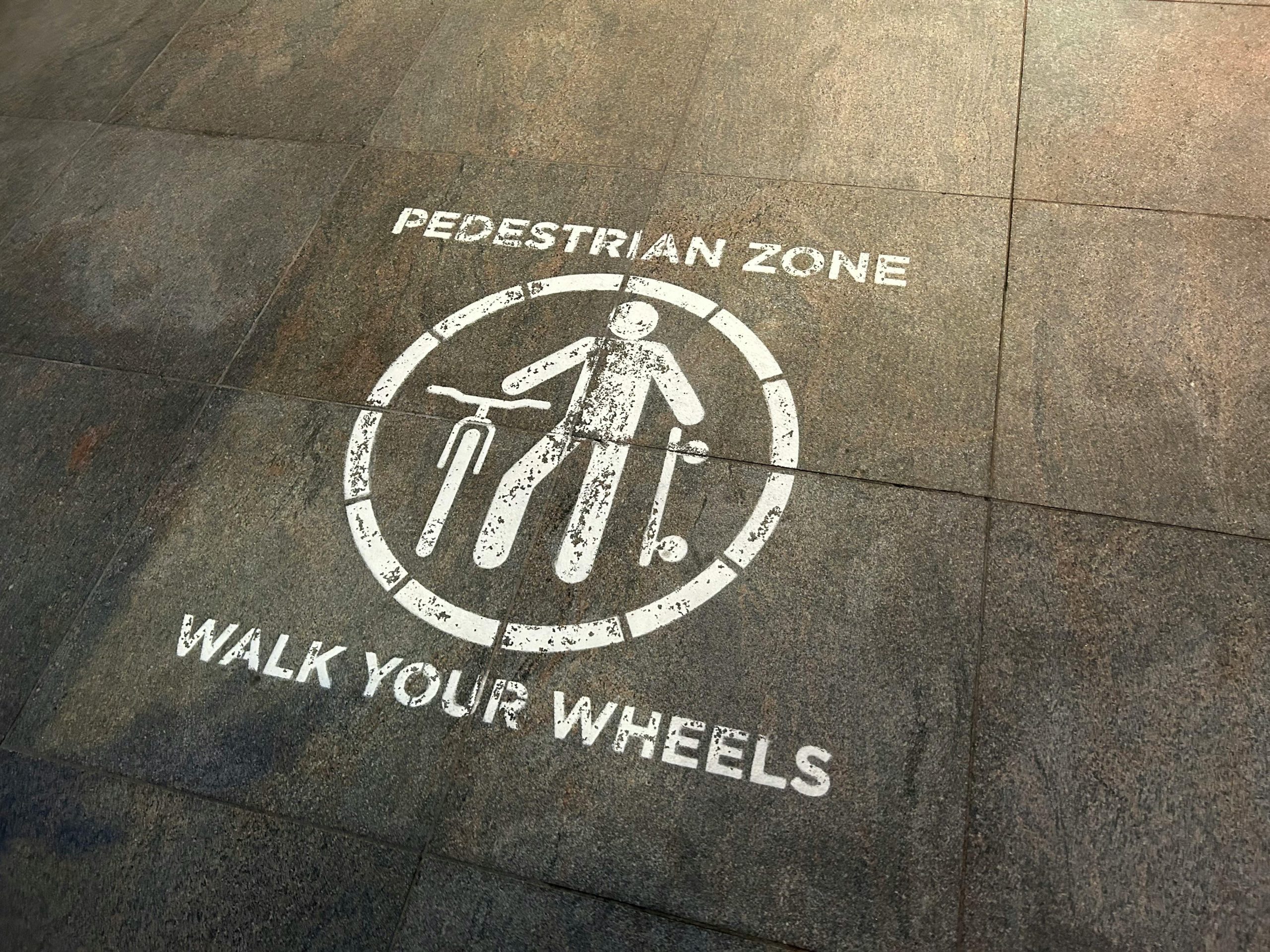Understanding Your Monthly Transport Expenses in London
When residing in a bustling metropolis like London, navigating the city can significantly impact your monthly budget. One of the most pressing questions on many residents’ minds is: how much should you expect to spend on transportation each month?
While costs can vary widely depending on your commuting habits, let’s delve into the various factors that influence these expenses.
The Cost of Commuting
Public transport in London is known for its comprehensive coverage and efficiency. The iconic Oyster card or contactless payment options offer great convenience, but the monthly fares can add up quickly. Depending on your travel zones and frequency of travel, your monthly transport bill can range from a modest amount to a substantial figure.
Factors Affecting Your Transport Bill
-
Travel Zones: London is divided into various travel zones, and your monthly expenses will vary based on how far you travel. The more zones you need to cross for your daily commute, the higher your costs will be.
-
Mode of Transport: Whether you opt for the Tube, buses, or even bicycles can also influence your expenditure. While bus fares are generally lower, the Tube offers faster service, which may justify the higher cost for those with tight schedules.
-
Frequency of Travel: If you’re commuting every day for work, you’ll find that monthly travel cards can offer savings compared to purchasing single fares.
-
Discounts and Concessions: Are you a student or a senior citizen? Many fare reductions and discounts can significantly lower your transportation costs.
Estimating Your Monthly Transport Budget
To get a clear picture of what you might spend each month, consider tracking your daily usage for a week. Factor in your regular routes, the time spent traveling, and any additional travel you may do over the weekend. After a few calculations, you’ll have a better estimate of what to budget for transport.
Conclusion
In conclusion, while the monthly transport bill in London can vary based on several factors, understanding your commuting needs allows for better financial planning. By assessing your travel habits, you can explore ways to optimize your expenses and make the most out of your journeys around this vibrant city.
Whether you are a seasoned Londoner or a newcomer, knowing what to expect in terms of transport costs is essential for maintaining a smooth and enjoyable experience in this dynamic urban environment. So, what’s your transport bill looking like this month? It may be worth taking a close look to ensure you are


Insightful Perspective on Managing London Transport Costs
As a fellow London resident, I completely agree that understanding your travel habits and zones is key to budgeting effectively. One additional tip I’ve found helpful is to consider alternative transport options like cycling or walking for shorter distances. Not only does this reduce costs, but it also promotes a healthier lifestyle and helps avoid peak-time crowding on public transport.
Furthermore, exploring rail or bus passes that offer weekly or monthly bundles can significantly lower expenses if you have a predictable routine. For those working from home part of the week, adjusting your travel plans accordingly can also offer notable savings.
Finally, always stay updated on fare changes and new transport initiatives in London – they can offer opportunities to optimize your travel budget while enjoying the convenience this city offers.
Insight from a London Resident’s Perspective
As a Londoner who commutes daily across multiple zones, I can share that tracking and optimizing transport expenses is crucial. Over the years, I’ve found that investing in an Oyster card and regularly checking for fare discounts has significantly helped me manage costs. Additionally, exploring flexible options like bike-sharing schemes or occasional carpooling can reduce reliance on public transport, especially during off-peak hours or less busy days.
For those whose travel needs are consistent, purchasing monthly or annual travel cards often provides substantial savings compared to individual fares. However, it’s essential to consider the zones you frequent most to avoid overpaying for zones you seldom travel through.
Additionally, with traffic congestion and environmental concerns, I’ve started incorporating walking into my routine for short distances, which not only saves money but also benefits health and well-being. Ultimately, understanding your specific commuting patterns and staying informed about fare updates can make a meaningful difference in your monthly transport expenses.